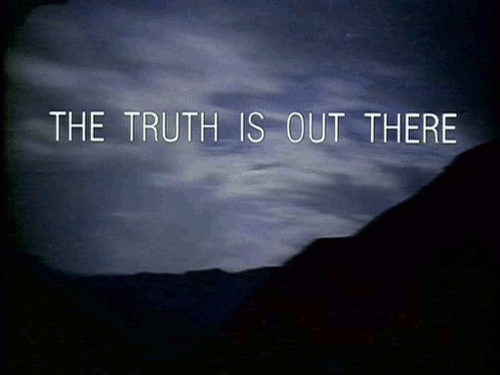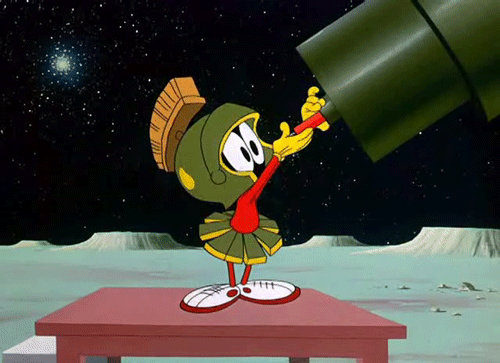To Infinity and Beyond: Language in Space
According to the Ethnologue, there are some 7,099 living languages spoken across this world today. That is a fair old amount, isn’t it? And if those languages were evenly spread amongst speakers, that would be around 10,000 people conversing in each language – although we know that isn’t the case; we are just trying to put those numbers into perspective.
GIF via Giphy
No, we already know that for the most widely spoken languages of our world, we need to look to Mandarin, Russian, Spanish and English, as well as others that appear next in the various lists that appear regularly all over the internet. But if we are talking about true representation of the languages of this planet, even these four are not enough to demonstrate the wealth of languages we have.
There’s a star man…
Fear not - although, thank you, David Bowie; we haven’t received a second Wow! Signal, so as far as we know, the aliens aren’t coming. Yet. But what we would like to think about is those languages that we have sent up into space in the name of contact; have we unfairly skewed things so that when the aliens do land, they will be speaking to us in some dialect of English presuming we will all understand (Cajun, please; that would be beautiful)?
In order to look at this in more detail, we are going to have to get our geek on, and head back to the decade when it was all happening – space travel, that is; although for those of us who appreciate real rock music, then heading back before our time to the 70s is no chore. But moving on…

Photo via Wikimedia
Lunar plaque
Okay, so technically the very first lunar plaque was left on the surface of the moon in 1969, just outside this magical decade, but still. Apollo 11’s Here men from the planet Earth first set foot upon the Moon, July 1969 AD. We came in peace for all mankind was a carefully planned message, that essentially boils down to we come in peace. Or maybe hear no evil, see no evil, depending on how you view your politics… But still; every lunar plaque between Apollo 11 and 17 were written exclusively in English, and reproductions of the plaques were given to foreign governments via various embassies throughout the US following each flight – which seems an awful lot just like rubbing it in to us, but still.
English. Were space travellers to find themselves on our Moon’s surface and stumble across our plaques, they could be forgiven for thinking that all of the inhabitants of this little blue-green planet of ours speak the same tongue. Oh, are they in for a surprise…
Learning a new language? Check out our free placement test to see how your level measures up!

GIF via Giphy
Arecibo
In 1974, Carl Sagan and a group of colleagues sent a broadcast into space, specifically aimed at a star cluster some 25,000 light years away. The Arecibo message, unlike the lunar plaque, did not contain any specific language at all, and instead was a solely pictorial message, depicting Earth’s position in the solar system, the radio-wave antennae NASA used to transmit the message with, our maths and science principles, and details about us lovely homosapiens, including our physical appearance and our DNA.
Now, if you are a conspiracy theorist, or a hopeless seeker of The Truth, then in 2000 and 2001 you might have excitedly turned your eyes to the various crop circles that appeared to (belatedly) answer that message, with details of an entirely different solar system, an apparent alien selfie, and images of a microwave antennae along with decidedly non-human DNA.
Debunkers have since dismissed these crop circles as works of art, but if you, like Mulder, still believe that The Truth Is Out There, perhaps you might be considering what kind of language aliens would think to communicate with us in from just those images. Perhaps we could have a long distance game of Pictionary? Charades if they have Skype (they probably do… Microsoft is everywhere, after all)?
But it is worth considering; are pictorial messages the best, most fairly representative way for us to communicate with those beyond our world? In terms of language, should there be a new, nonverbal language – or perhaps a pre-existing one – that would better enable us to communicate with those from other galaxies?
Next time, we will be looking at the Voyager Golden Record and its included languages, as well as the prospect of us communicating with each other in space; should the International Space Station be an English-only zone?
Join us then!




